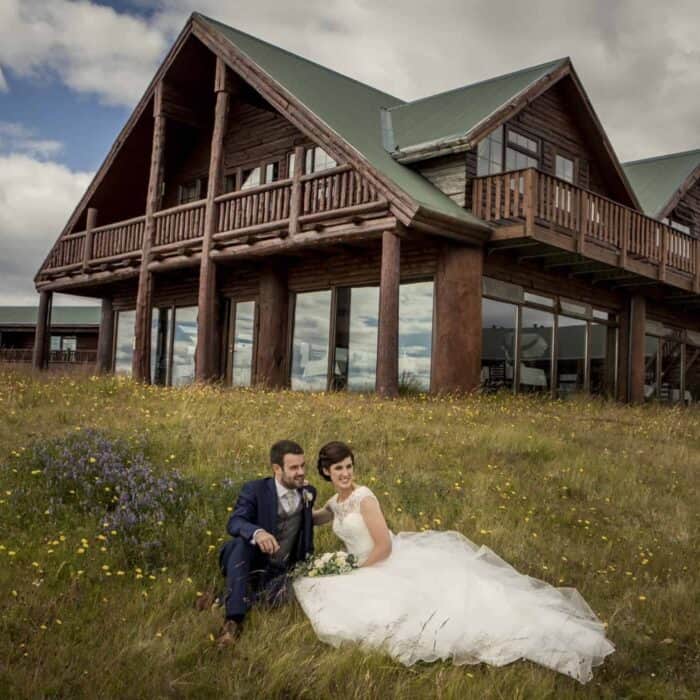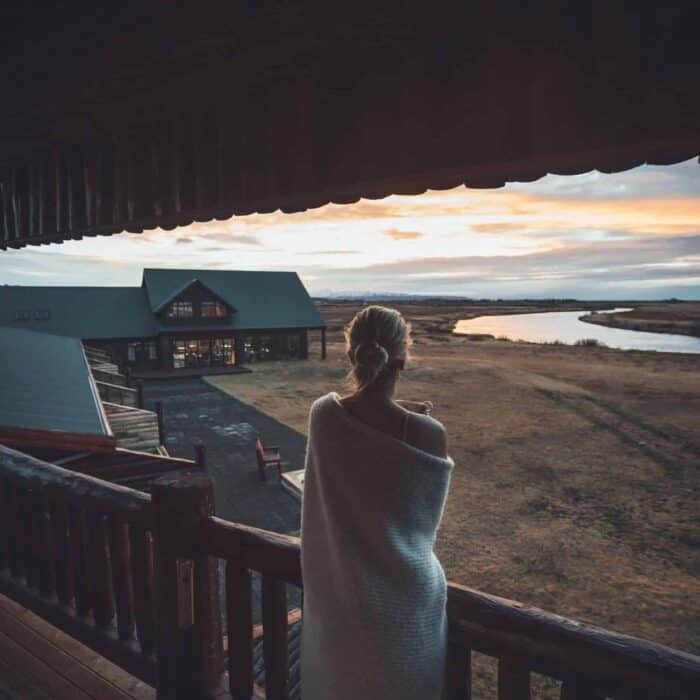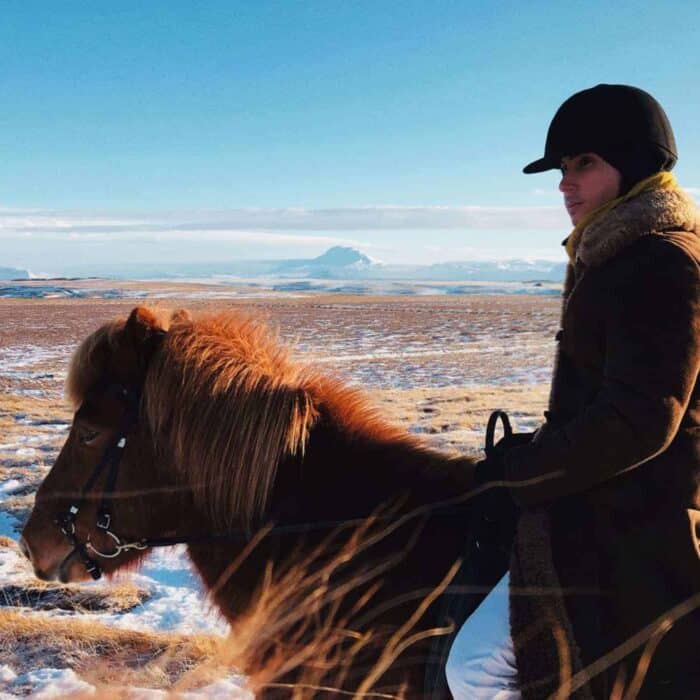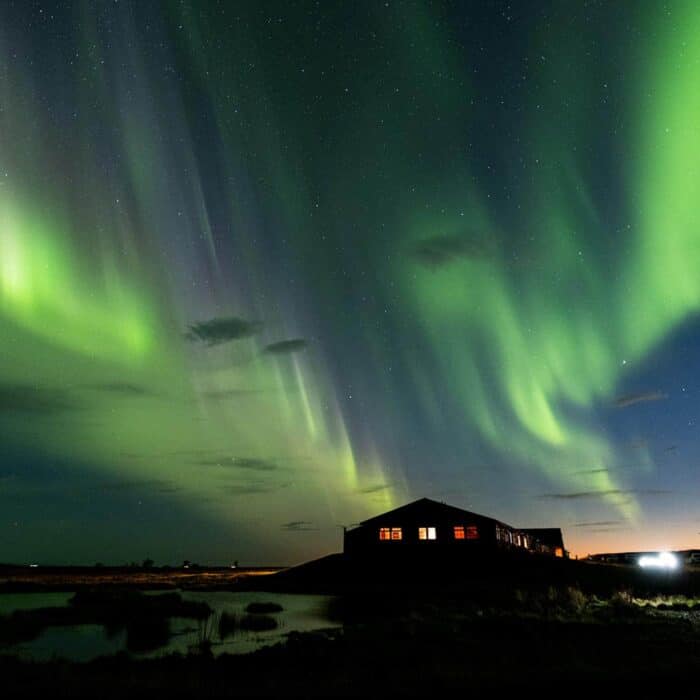Table of Contents
March in Iceland is a time when days are getting longer but the temperatures are still quite low. The increased daylight makes March a great month to go on fun outdoor adventures. However, we are still able to go stargazing and sometimes see the northern lights in March in Iceland. In Iceland, we can still see the northern lights in March as long as there are clear skies and solar activity.
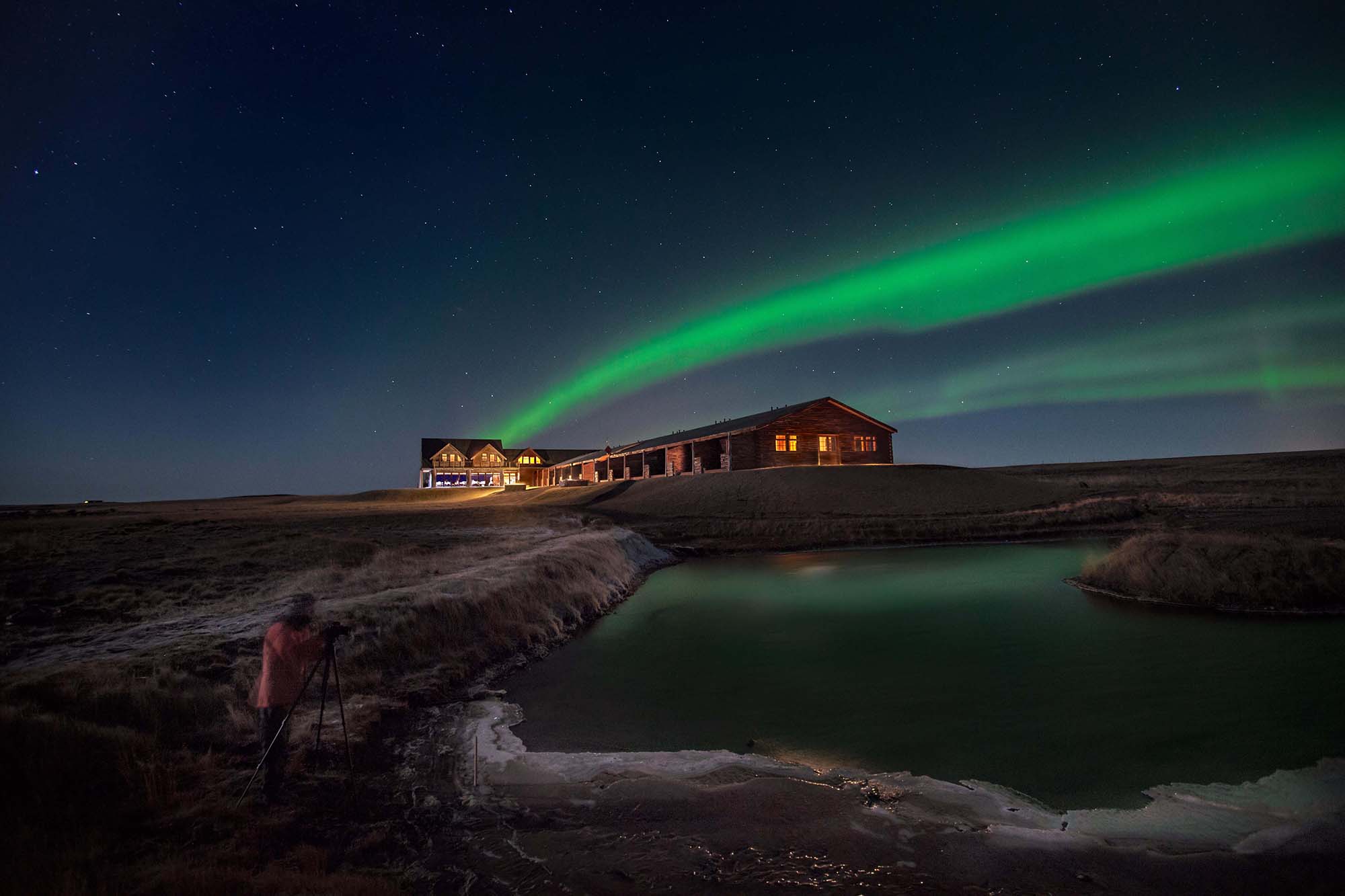
Is March a good time to visit Iceland?
Yes! March is our last full month to go stargazing and see the northern lights. March is also the last month that really feels like wintertime. During March, the days get longer and longer and Icelanders start to believe that spring and summer might be around the corner. All of this increased daylight means more time to explore the beautiful Icelandic landscape.

What time is sunrise and sunset in March?
On March 1st, sunrise is at 8:33 and sunset is at 18:47. By March 31st, sunrise is at 6:47 and sunset is at 20:17. March is truly the month when daylight starts to make its way back to Iceland.
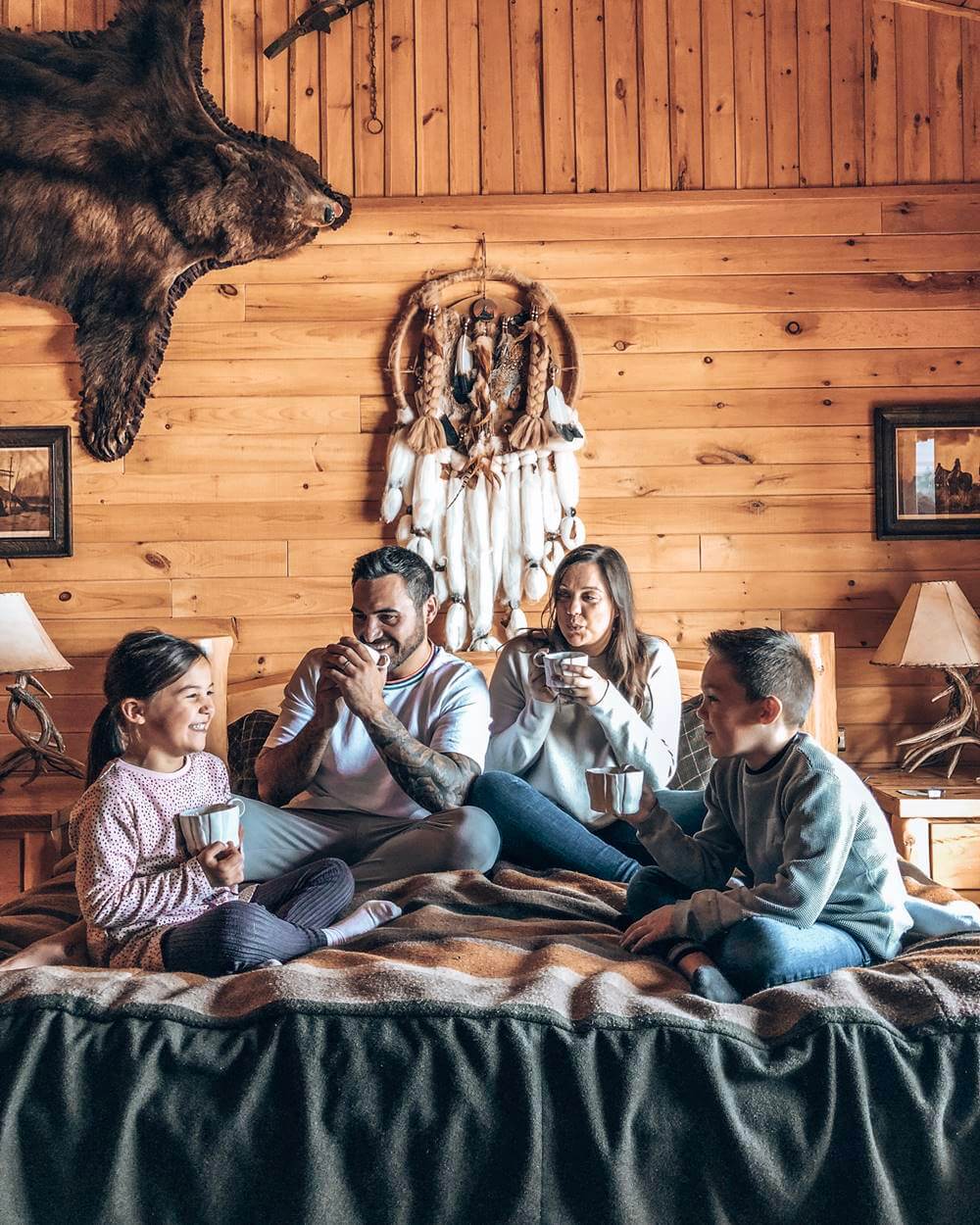
What is the best place to stay in March in Iceland?
Hotel Rangá, of course! Our luxury property offers all the best amenities. Go stargazing in the Rangá Observatory and take advantage of our two high-powered telescopes. Enjoy fine dining every night in our Rangá Restaurant and drink an after dinner cocktail at our well-stocked Rangá Bar.
What’s more, Hotel Rangá is located near incredible sights on Iceland’s south coast. Take a self-drive tour of the Golden Circle and experience the majesty of Gullfoss waterfall and Þingvellir National Park. Don’t forget to stop by Geysir and watch as water explodes almost 20 m (65 ft) into the air.
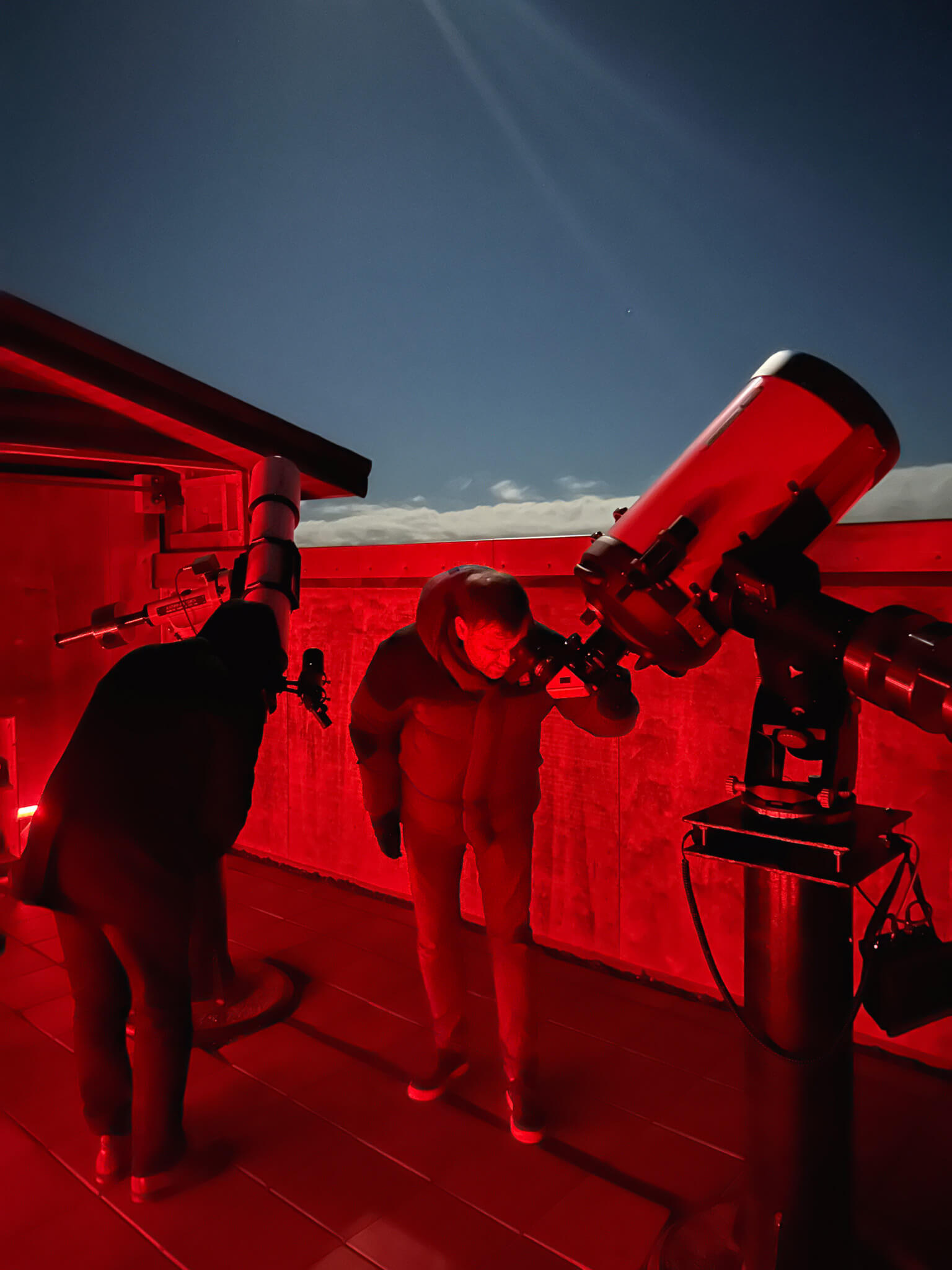
Can you go stargazing in Iceland in March?
Yes – March is one of our last months for stargazing before Iceland’s midnight sun makes its appearance. March is also the last month that our Rangá Observatory is regularly open for stargazing.
This special structure was created by hotelier Friðrik Pálsson in 2014 so that Hotel Rangá guests could better experience the majesty of Iceland’s night sky. Inside, you will find two excellent telescopes to better view distant galaxies and celestial objects. On most clear nights, we even invite an expert astronomer to come to the Rangá Observatory and lead our guests on a tour of the night sky.
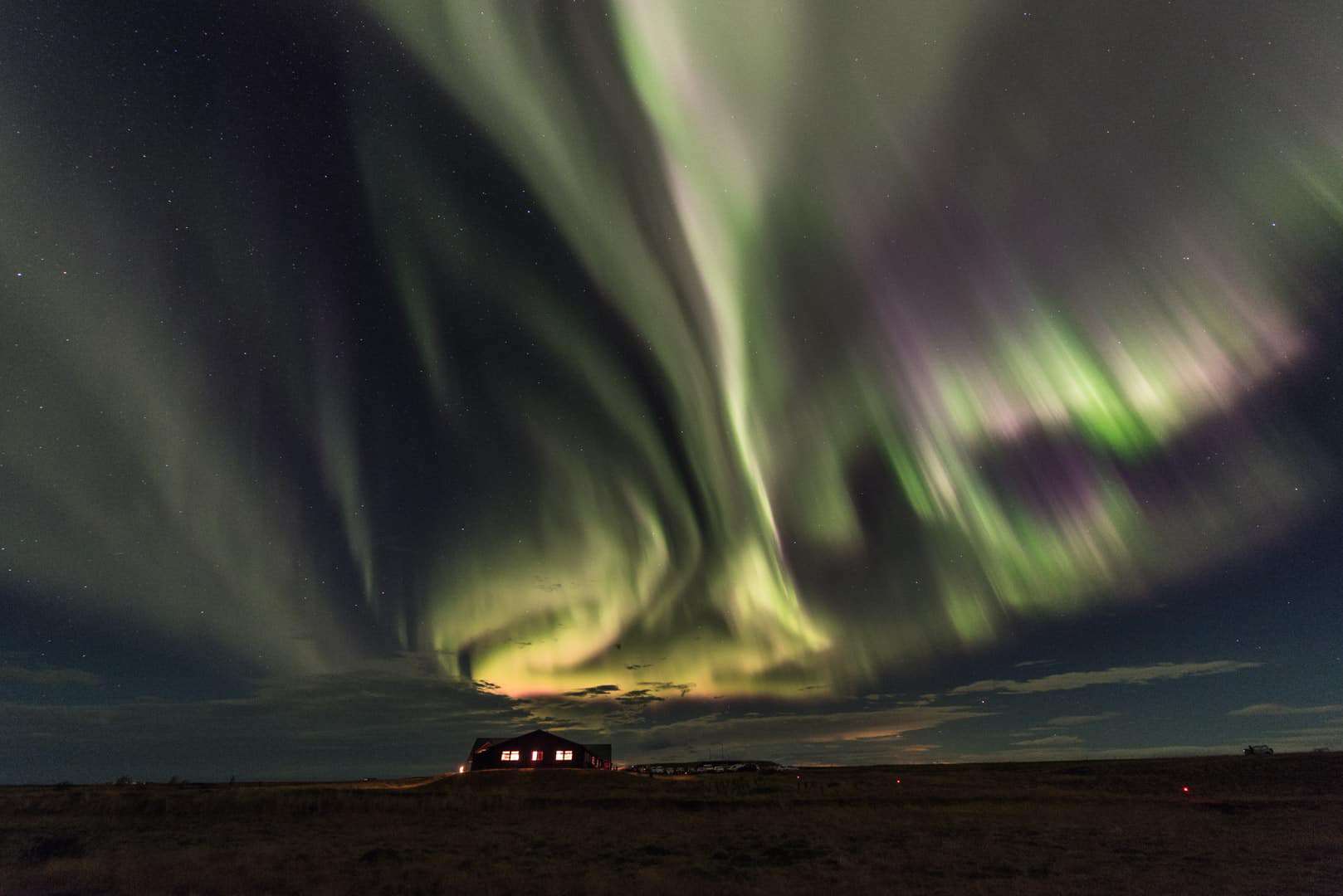
Can you see the northern lights in Iceland in March?
March in Iceland is our last full month of the year to see the northern lights. In April, the days become even longer and there is much less of a chance that we will see the northern lights. To see the northern lights we need solar activity, clear skies and dark nights. Hotel Rangá is the best northern lights hotel in south Iceland. In fact, we even offer a northern lights wake-up service. We will call your room during the night whenever the northern lights should appear.

What is the weather like in Iceland in March?
March in Iceland is one of our last true winter months. In fact, temperatures are still quite chilly. The average low temperature is (-2 C) 28 F, and the average high temperature is 3 C (38 F). There is usually a fair amount of rain during the month of March; however, we also can experience snow. It is always good to remember that weather in Iceland can change quite rapidly. In fact, there’s a famous Icelandic saying that goes, “If you don’t like the weather, just wait five minutes.”
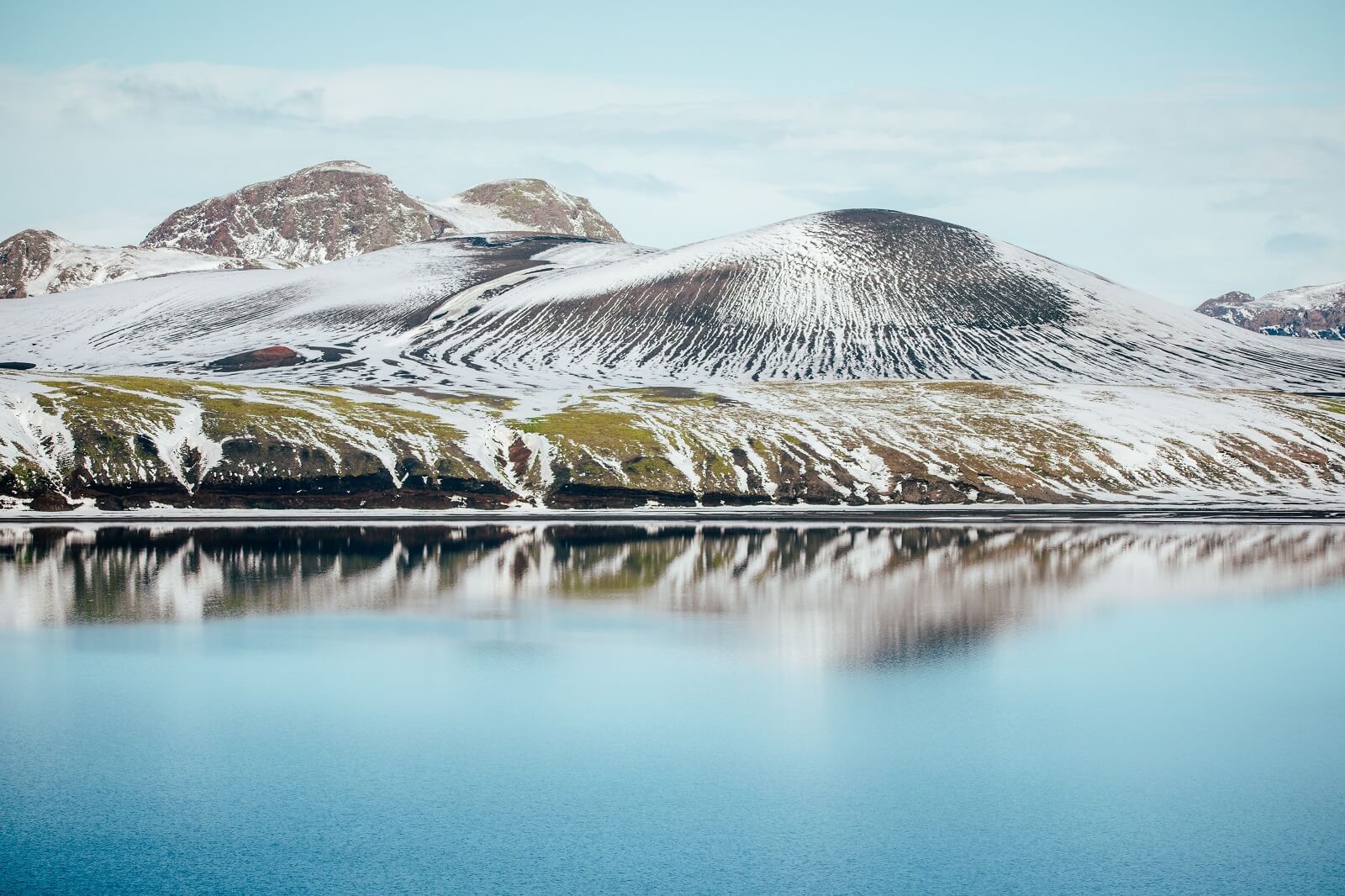
What should I wear in Iceland in March?
The weather in March can be a bit cold and rainy. It’s always a good idea to bring a warm, water resistant coat and waterproof pants. We also recommend that you wear a thermal base layer and thick socks. Finally, be sure to bring gloves, a hat and sturdy, water resistant shoes or winter boots. Don’t worry if you forget anything – there are several unique local shops that sell handmade lopapeysa sweaters, gloves, hats and socks.
What are the road conditions in Iceland in March?
In March, road conditions can vary depending on the weather. Sometimes the road can be completely clear and easy to drive. If there is snow or ice, the road can be a bit slippery. In those instances, it is always a good idea to drive slowly and cautiously. When winter storms are very bad, there are occasionally road closures. The Icelandic road authority is always working to clear snow, remove ice and make roads safe for drivers across Iceland.
It is good to note that F-roads are still closed in March. These are gravel roads that are primarily located in the interior of Iceland, especially in the Icelandic highlands. If you want to take a tour of the Icelandic highlands, you will need to book a super jeep tour with one of our trusted local tour operators.
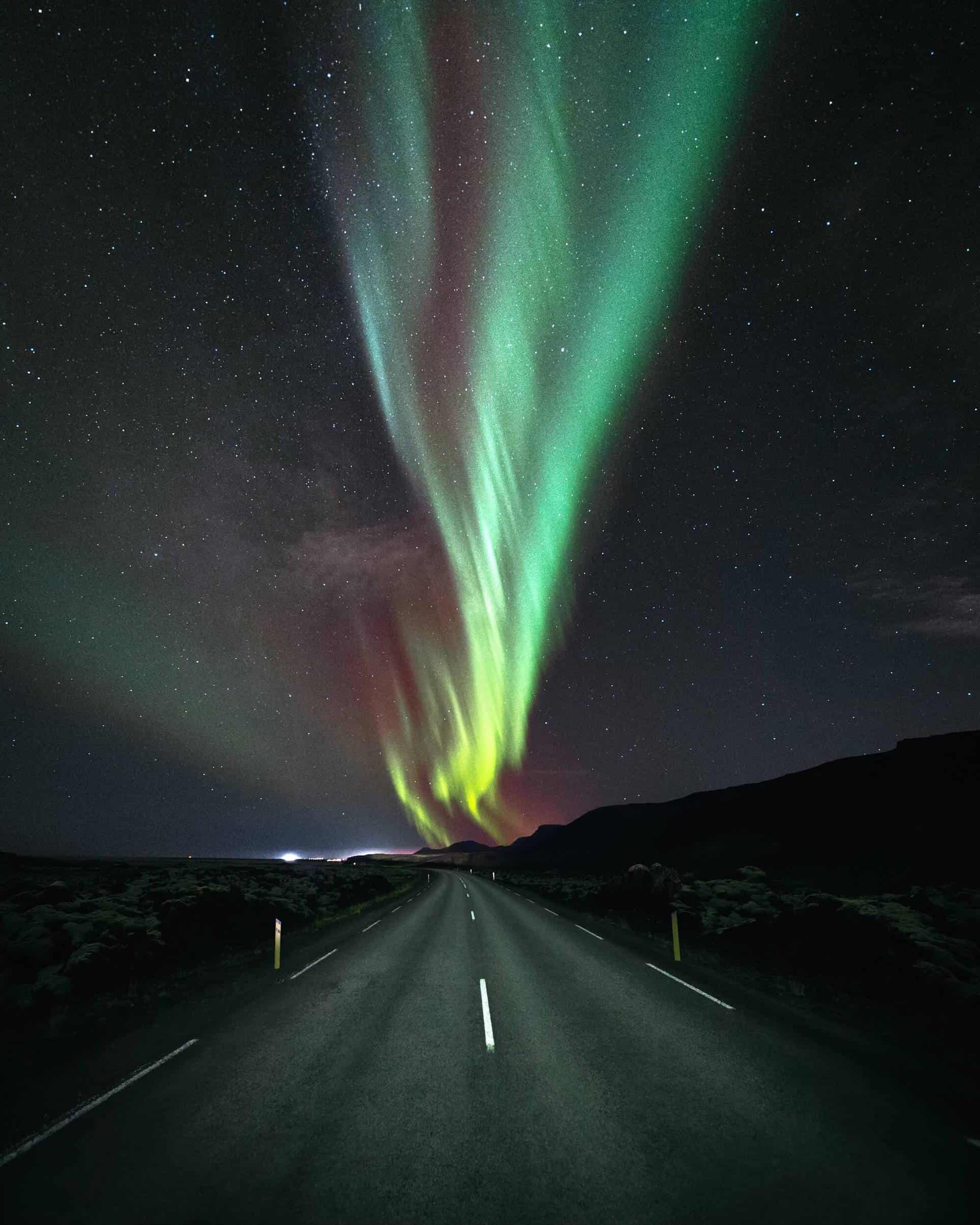
Should I rent a car in Iceland in March?
We always recommend that our guests rent a car in Iceland. A rental car will give you the flexibility to explore Iceland at your own pace.
If you don’t want to rent a car, please contact the Hotel Rangá reception. We can help you to book a transfer service from Keflavík International Airport to Hotel Rangá. We can also assist you to book a private driver and guide to take you on a tour of the south coast.
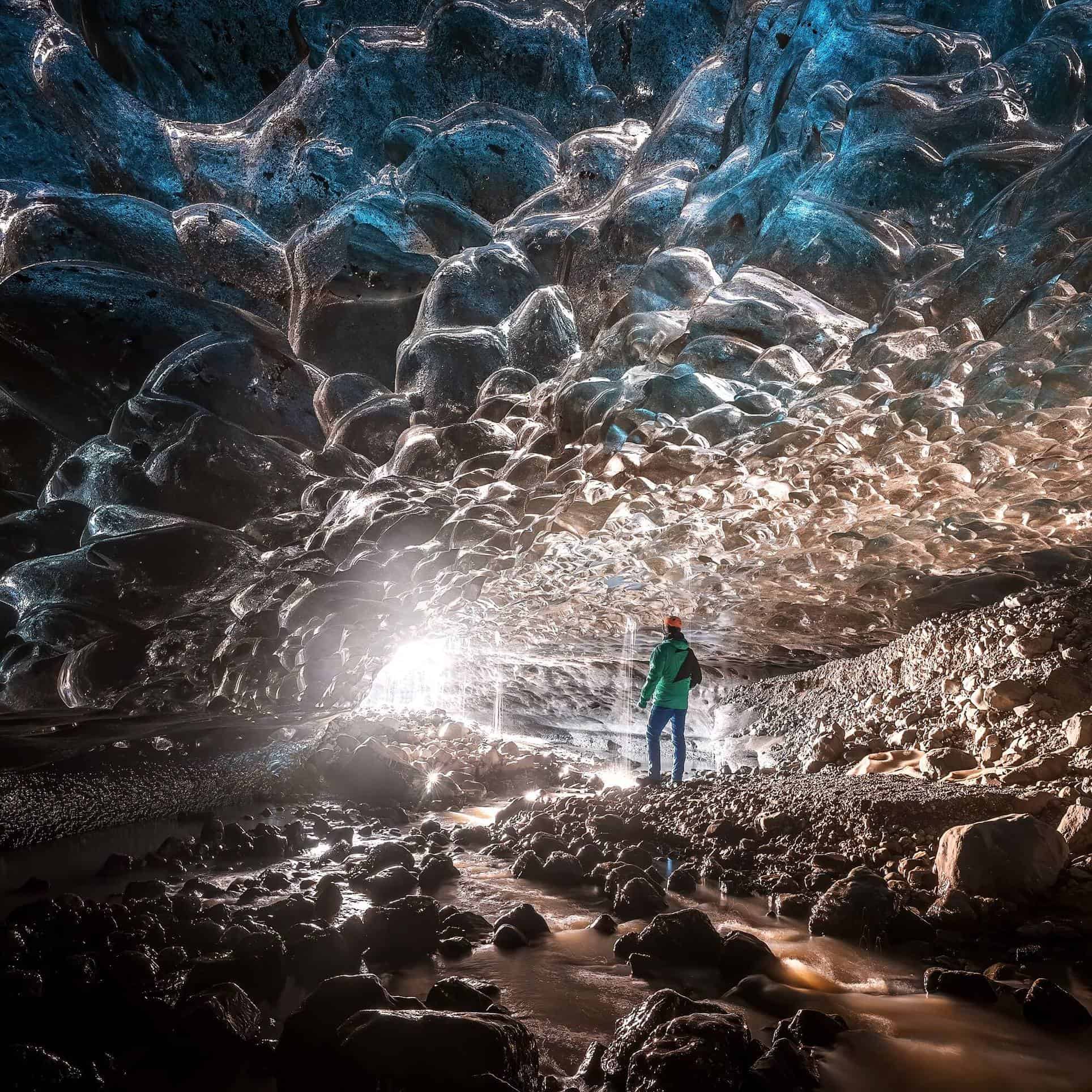
What are the best outdoor adventures in Iceland in March?
Iceland in March is one of the last months to enjoy some wintertime adventures. We highly recommend that you take a tour of an ice cave. These caves are totally unique, as they change and shift based on the weather. On your tour, you will be provided with proper equipment including helmets and crampons. Then, an expert guide will take you to explore inside the beautiful blue ice.
If you are interested in a different kind of cave, visit the Caves of Hella. These mysterious caves are only a five minute drive from Hotel Rangá. Though we know that the caves were made by humans, it is still difficult to say exactly why they were created. When you book a tour at the Caves of Hella, a guide will take you underground and share theories behind the caves’ existence. Today, the caves are sometimes used for weddings, lectures and even Viking feasts.
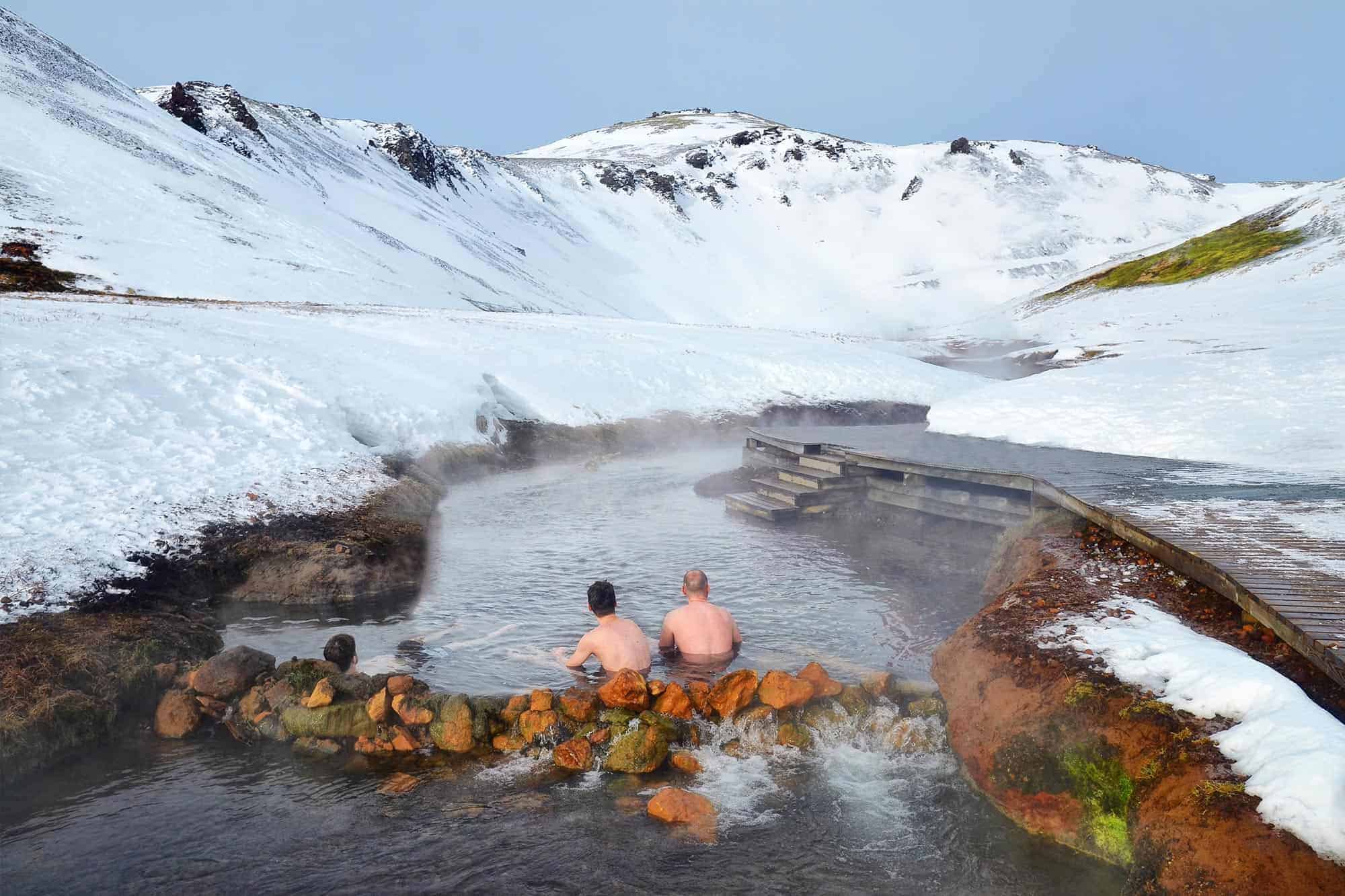
What are the best indoor adventures in Iceland in March?
If the weather isn’t cooperating, there are plenty of fun indoor activities near Hotel Rangá. Visit the Lava Centre, an interactive exhibit about volcanic activity in Iceland. You can also visit a variety of unique local shops in the area around Hotel Rangá. You can always relax in the Hotel Rangá upstairs lounge or our game room. Enjoy a good book or a game of pool while you sip on a custom cocktail from the Rangá Bar.
Though it isn’t exactly an indoor adventure, Icelanders love to relax in the hot tub or go to the swimming pool even when the weather isn’t at its best. Take a soothing soak in Hotel Rangá’s geothermal hot tubs in the snow or underneath a misty drizzle – it’s actually quite relaxing. You can also check out our article about south Iceland’s top 10 hot springs and swimming pools if you feel like taking a dip.
Sustainability at Hotel Rangá: Angan Skincare
March is a wonderful month to treat yourself to a soothing bath. In fact, most of Hotel Rangá’s rooms and suites have soaking tubs. What’s more, we provide our guests with bath salts from Angan skincare. In Icelandic, Angan means fragrance, a fitting name for these lovely bath salts.
The bath salts are produced with surplus salt from the same Icelandic manufacturer that makes the Icelandic sea salt we use in our kitchen. Angan’s ingredients are sustainably sourced, vegan, handcrafted and free from harmful compounds. Ask about the salts at our front desk and then enjoy your fragrant soak.
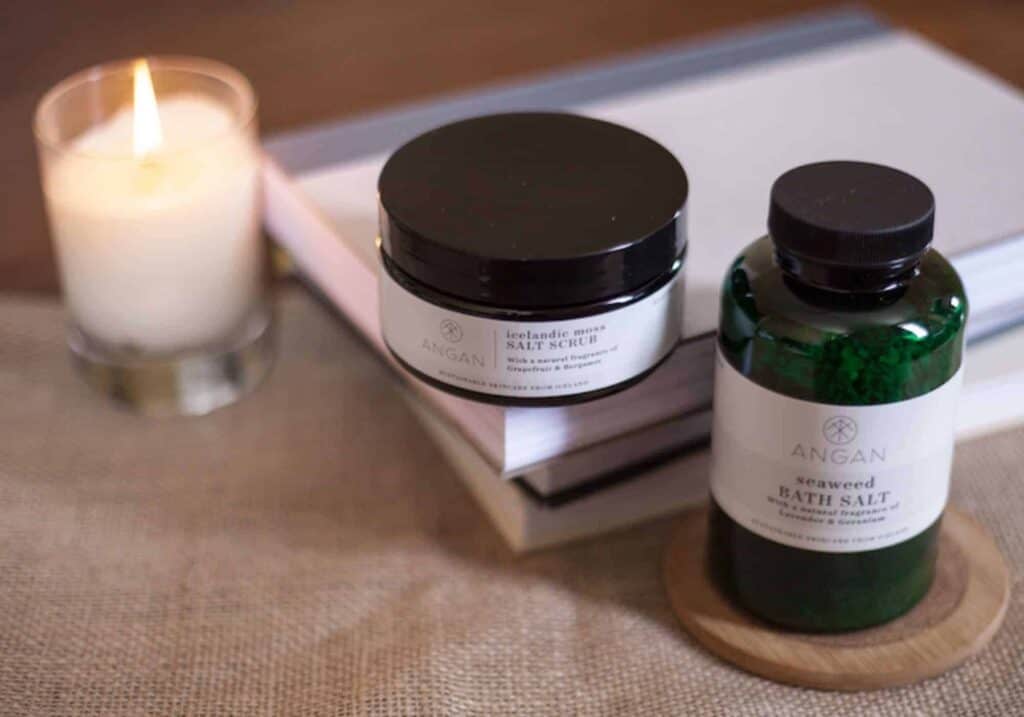
Subscribe To Our newsletter
Exclusive Offers & Latest News
Are there any special traditions in Iceland in March?
We have three big days that often occur during March in Iceland: Bun-day, Fat-Tuesday or “bomb-day,” and Ash-Wednesday. These holidays take place approximately 7 weeks before Easter, marking a time of feasting prior to the start of Lent. Icelandic children used to hang bags of ash on people’s clothes on ash Wednesday, but these days they dress up in costumes a la Halloween and receive candy from shop owners for singing.

On Fat Tuesday Icelanders stuff themselves with salted meat and lentil-soup until their stomachs “blow.” Then, Bun Day is the time to eat puff pastries filled with jam, cream, chocolate, and whatever else.
Bolludagur boasts yet another distinctive tradition. Icelandic children must create special wands in order to earn a bun. Before their parents wake up, they playfully rouse them with spanks and chants of “Bolla, Bolla, Bolla!” The origins of this tradition remain unclear, but it undeniably adds a sense of fun to the day for Icelandic children – if not for their parents!



